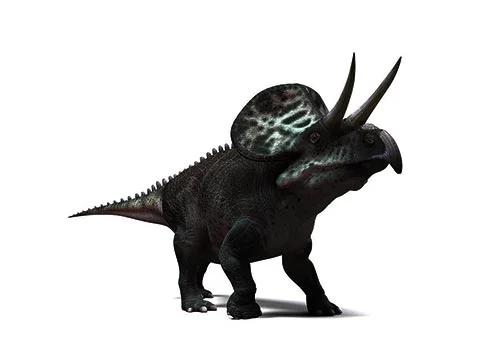Zuniceratops (Zuni-horned face)

Zoo-nee-ceh-ra-tops
Douglas G. Wolfe and James I. Kirkland – 1998
Herbivore
Estimated 9-10 feet in length
Ceratopsian
Z. christopheri
U.S.A., New Mexico, Moreno Hill Formation
Late Cretaceous, 89 million years ago
Zuniceratops Facts
Zuniceratops, or “Zuni-horned face,” was a genus of ceratopsian dinosaur that lived during the Late Cretaceous period, approximately 89 million years ago. It was named after the Zuni Native American tribe, whose reservation is located near where the dinosaur’s fossils were discovered in western New Mexico.
Zuniceratops was a relatively small ceratopsian, measuring about 9-10 feet in length and weighing around 500 pounds. Like other ceratopsians, it had a large bony frill on the back of its skull, as well as horns on its snout. However, Zuniceratops had a unique combination of features that set it apart from other ceratopsians.
One of the most distinctive features of Zuniceratops was the shape of its frill. While other ceratopsians had frills that were triangular or rounded, Zuniceratops had a frill that was rectangular in shape, with a notch in the middle. This notch may have served as an attachment point for a hump of muscle, which would have given the dinosaur a more prominent profile.
Zuniceratops also had a unique arrangement of horns on its snout. It had a short horn above its nose, as well as two longer horns above its eyes. The horns above its eyes curved slightly forward, which is different from the backward-curving horns of other ceratopsians. This suggests that Zuniceratops had a different feeding strategy than other horned dinosaurs, and may have used its forward-curving horns to dig up vegetation.
Based on its teeth and jaw structure, scientists believe that Zuniceratops was an herbivore that primarily ate tough, fibrous vegetation. Its small size and unique features may have allowed it to fill a unique niche in its ecosystem, avoiding competition with other ceratopsians that were larger and more specialized.
Overall, Zuniceratops is an interesting example of the diversity of ceratopsian dinosaurs during the Late Cretaceous period. Its unique features provide insights into the evolution and behavior of these iconic dinosaurs, and continue to capture the imaginations of paleontologists and dinosaur enthusiasts alike.



